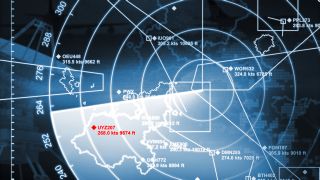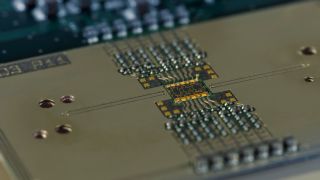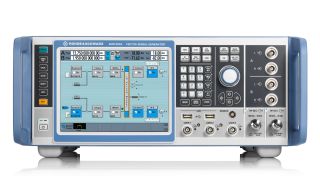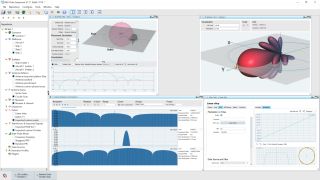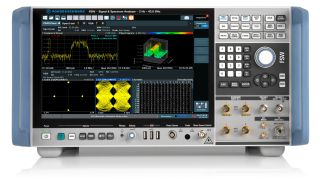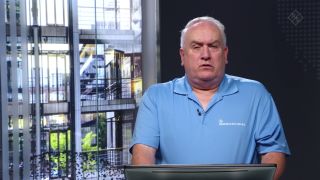EW system testing
Radar and electromagnetic warfare (EW) systems play a central and decisive role in modern defense strategies, leveraging the electromagnetic spectrum to identify, intercept and manipulate enemy technology. However, testing these complex systems presents many challenges:
- The intricate nature of EW systems involves multiple technologies and frequencies; this makes it difficult to thoroughly test every component.
- EW systems must function in unpredictable real-world scenarios, which are challenging to simulate for testing purposes.
- Interference from various sources, including friendly forces and neutral sources (such as civilian communication systems), can impact system performance; testing the system's response to such interference is challenging.
- With the continuous evolution of technology, EW systems face a never-ending game of cat and mouse.
EW systems do not operate in isolation and must be integrated with other systems such as radar, communication and navigation systems. A further complication is the EW system’s sensitive operating parameters, which necessitate stringent security measures during testing.
These systems are expected to emit no interference above defined limits and be immune against electromagnetic energy. EMC testing checks that the system meets these two criteria. In many countries, MIL-STD-461 and MIL-STD-464 are the EMC standards for subsystems and assemblies. EMC testing can be very extensive and time-consuming, requiring special knowledge on the system’s operating modes to determine a robust test scope.
Other challenges include the high costs associated with the testing process, the wide frequency range of RF transmitters, varying power levels, ensuring signal integrity and the growth of multi-function systems, which may include complex modulation techniques used for interleaved communication with other systems.
Finally, testing must be performed in a secure environment, often in a shielded RF anechoic chamber to ensure that the tests cannot be intercepted by unwanted parties, adding another layer of complexity to the process.





